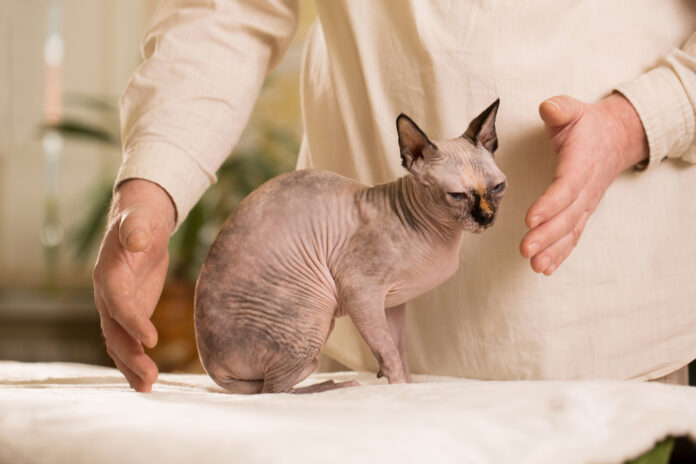New Study Measures Stress in Guide Dogs

Being a guide dog means being on the job almost 24/7, and that can be stressful to some canines. The Human Animal Bond Research Institute recently awarded a grant to Colorado State University for a pilot study to look at how temperament and stress impact the health and success of guide dogs.
The researchers aim to measure these working dogs’ Allostatic Load (AL), which refers to the “wear and tear” experienced by the body due to chronic or frequent stressors. In humans, AL is affected by genetics and personality, with high AL serving as a predictor for negative health outcomes, including heart disease and cognitive decline. This is the first time researchers will seek to validate AL in dogs.
The researchers at Colorado State University are analyzing early life events and lifestyle factors that may influence AL in Labrador retrievers raised to be trained as guide dogs, as well as Labs raised as companion animals. They use blood sampling to compare biomarkers associated with AL to these lifestyle and event factors as a way to determine any association between AL and potential stressors. While many studies to date have used a single biomarker, such as cortisol, to determine canine stress, measuring AL tests multiple biomarkers, which allows for a more accurate picture of accumulated stress over time.
“Developing a reliable method of measuring chronic stress will help ensure we are taking proper care of working dogs as well as pet dogs,” says the Principal Investigator of the project, veterinarian Dr. Barbara Wolfe. “If successful, this tool could be utilized to predict success in working dogs and identify when they are experiencing unhealthy levels of stress.”
AUTHOR PROFILE

Animal Wellness
Animal Wellness is North America\’s top natural health and lifestyle magazine for dogs and cats, with a readership of over one million every year. AW features articles by some of the most renowned experts in the pet industry, with topics ranging from diet and health related issues, to articles on training, fitness and emotional well being.




